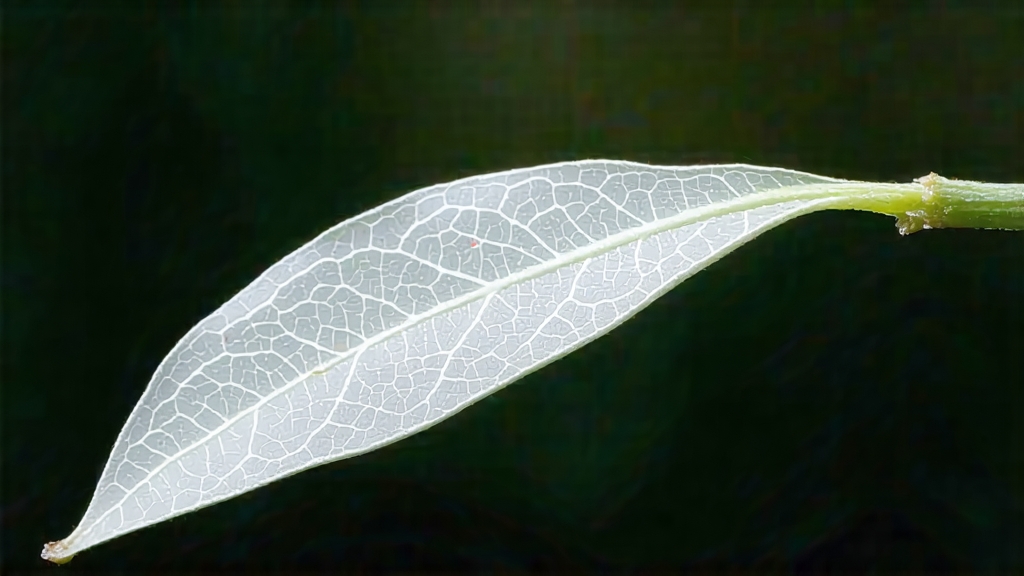
Tucked high on the forested ridges of Yunnan’s southern mountains, where the Mekong River bends like a silk ribbon through morning mist, a tea is born in darkness that tastes of liquid moonlight. International drinkers have met Bai Hao Yin Zhen, Shou Mei, and Gong Mei, yet few have heard of Yue Guang Bai—“Moonlight White.” It is the only Chinese white tea whose entire processing cycle is conducted under the cover of night, a method that predates electric light and still defies mechanization. To understand Yue Guang Bai is to step into a nocturnal ritual that fuses the minimalist craft of white tea with the soul of Yunnan’s ancient tea forests.
Historical roots
Local Dai and Hani elders recount that moonlight withering began during the Ming dynasty, when tea soldiers—militia who guarded caravans on the Tea Horse Road—needed a lightweight, non-perishable leaf for the month-long trek to Lhasa. They discovered that leaves picked at dusk and dried on woven bamboo trays beneath the stars retained a haunting sweetness and resisted mold. The practice survived in secluded villages until 2003, when a small Jinggu cooperative presented 20 kg to a Kunming tea expo. Within minutes the lot sold out, and Yue Guang Bai emerged from anonymity to become the darling of boutique tea studios from Paris to Melbourne.
Terroir and cultivar
Yue Guang Bai is not a generic white tea; it is inseparable from Yunnan’s large-leaf Camellia sinensis var. assamica, the same genetic pool that gives birth to raw Pu-erh. Trees range from 70-year-old bushes at 1 400 m to 800-year-old arbor giants at 2 100 m. The altitude gifts the leaf a thick cuticle rich in amino acids, while the red lateritic soil, laced with decomposed granite, stores daytime heat that is slowly released after sunset—nature’s own withering accelerator. Only spring buds and the first unfolding leaf are plucked, ensuring a downy silver tip that will later curl into a crescent reminiscent of a waxing moon.
Night-handcraft
Picking begins at twilight when leaf turgor is highest and mountain breezes carry 78 % relative humidity. Baskets are lined with banana leaves to prevent compression oxidation. By 9 p.m. the first trays appear beneath open-sided pavilions; they are never stacked deeper than 3 cm so that cool air can skate across every bud. For the next 48 hours the leaf sleeps under the sky, absorbing dew and starlight while enzymes nibble at bitter catechins, converting them into fragrant L-theanine and soluble sugars. Around 3 a.m. on the second night, when the moon is brightest, master crafters gently turn the leaf by hand—just once—so that both sides inhale lunar photons evenly. The final stage is a 90-minute “sunrise bake” at 42 °C, using charcoal made from wild cherry wood; the temperature is so low that the leaf remains technically “unfixed,” allowing micro-fermentation to continue for months inside the finished cake. The result is a tea that occupies a liminal zone: white by category, yet bearing the DNA of a raw Pu-erh.
Forms and grades
Yue Guang Bai is sold both loose and compressed. The highest grade, “One Moon One Bud,” consists entirely of silver tips crescented by a single opposing leaf. The second grade, “Moonlight Fragrance,” includes two leaves and a bud, offering a bolder liquor. The third, “Night Shade,” is a late-summer pick used for loose-leaf iced teas in southern China. Cakes are usually 100 g or 200 g, wrapped in handmade Xuan paper then nested in bamboo husks, allowing the tea to breathe during cross-continental shipping.
Chemical signature
Laboratory analysis reveals a rare profile: 4.7 % theanine, 0.9 % GABA, and only 8.3 % oxidized catechins—figures closer to green tea than to classic white. Yet the presence of arbor-style saponins and micro-flora gives the liquor a creamy viscosity that lingers on the pharynx, a texture impossible in Fujian white teas. Over years the tea darkens from moon-silver to tiger-eye amber, developing notes of dried apricot, sandalwood, and alpine honey without ever tipping into the barnyard earthiness of aged Pu-erh.
Brewing ritual
Western scales often mislead; Yue